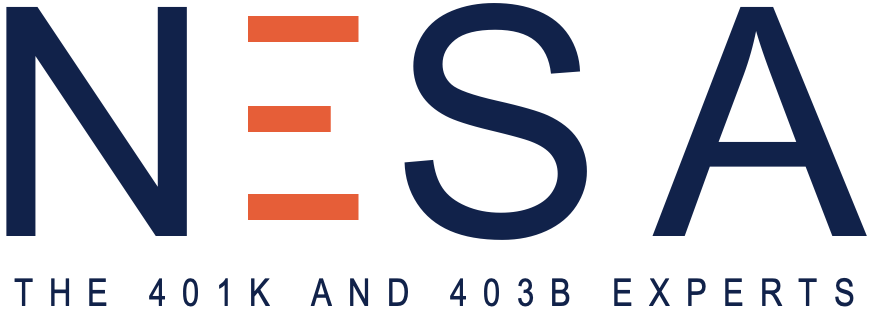In the realm of non-profit organizations, securing financial stability for employees while maintaining the organization’s mission is paramount. Amidst the myriad of retirement savings options available, the 457(b) deferred compensation plan stands out as a powerful tool for certain non-profit employees seeking to enhance their financial future. In this article, we’ll delve into the benefits of the 457(b) plan and explore why it serves as an excellent complement to the existing 403(b) plans typically offered by non-profit organizations.
Flexibility and Control
Unlike traditional retirement accounts such as 403(b) or 401(k) plans, which are subject to early withdrawal penalties if funds are accessed before a certain age, 457(b) plans offer more leniency. Employees can access funds without penalty upon separation from service, provided they follow IRS guidelines. This flexibility can be especially beneficial for non-profit employees, whose career paths may be less predictable than those in the private sector.
Higher Contribution Limits
457(b) plans offer significantly higher contribution limits compared to other retirement savings vehicles. As of 2025, employees can contribute up to $23,500 annually to a 457(b) plan. This is in addition to the contributions they can make to the 403(b).
Supplemental Savings
For non-profit employees already participating in a 403(b) plan, the 457(b) plan serves as a valuable supplemental savings tool. While 403(b) plans offer tax-deferred growth and employer matching contributions in many cases, the additional contribution limits of a 457(b) plan provide an opportunity to further bolster retirement savings. By diversifying their retirement portfolio across multiple tax-advantaged accounts, employees can create a more robust financial foundation for the future.
Retention and Recruitment
Offering a 457(b) plan alongside a 403(b) plan can enhance an organization’s ability to attract and retain top talent. Non-profit employees are often drawn to organizations that prioritize their financial well-being and offer comprehensive retirement benefits. By providing access to both types of plans, employers demonstrate a commitment to supporting their employees’ long-term financial goals, which can contribute to higher job satisfaction and loyalty.
Available Only to Top-Level Employees
The plan must be limited to provide benefits for a select group of management or highly compensated employees. Why? In order to avoid being subject to the Employee Retirement Income Security Act (ERISA) Title I funding requirements.
While there is no formal legal definition of a “select group of management or highly compensated employees,” it generally means a small percentage of the employee population who: (a) are key management employees, or (b) earn a salary substantially higher than that of other employees.
How NESA Can Help
At NESA, we understand the unique challenges and priorities of non-profit organizations, which is why we offer specialized expertise in designing and managing 457(b) deferred compensation plans. Our team of experts work closely with non-profits to develop customized retirement savings solutions that align with their organizational goals and employee demographics. From plan design and implementation to ongoing administration and compliance support, we provide comprehensive services to ensure that non-profit organizations can offer robust retirement benefits while staying compliant with regulatory requirements.
Final Words
The 457(b) deferred compensation plan offers numerous advantages for non-profit organizations and their top-level management employees. From its flexibility and higher contribution limits to its role as a supplemental savings tool alongside 403(b) plans, the 457(b) plan provides a powerful means for certain non-profit key management employees to enhance their financial well-being. By offering comprehensive retirement benefits that include both 403(b) and 457(b) plans, non-profit organizations can attract top talent, promote employee retention, and support their mission of making a positive impact in their communities.
This is for educational purposes only. The information provided here is intended to help you understand the general issue and does not constitute any tax, investment or legal advice. Consult your financial, tax or legal advisor regarding your own unique situation and your company’s benefits representative for rules specific to your plan.




